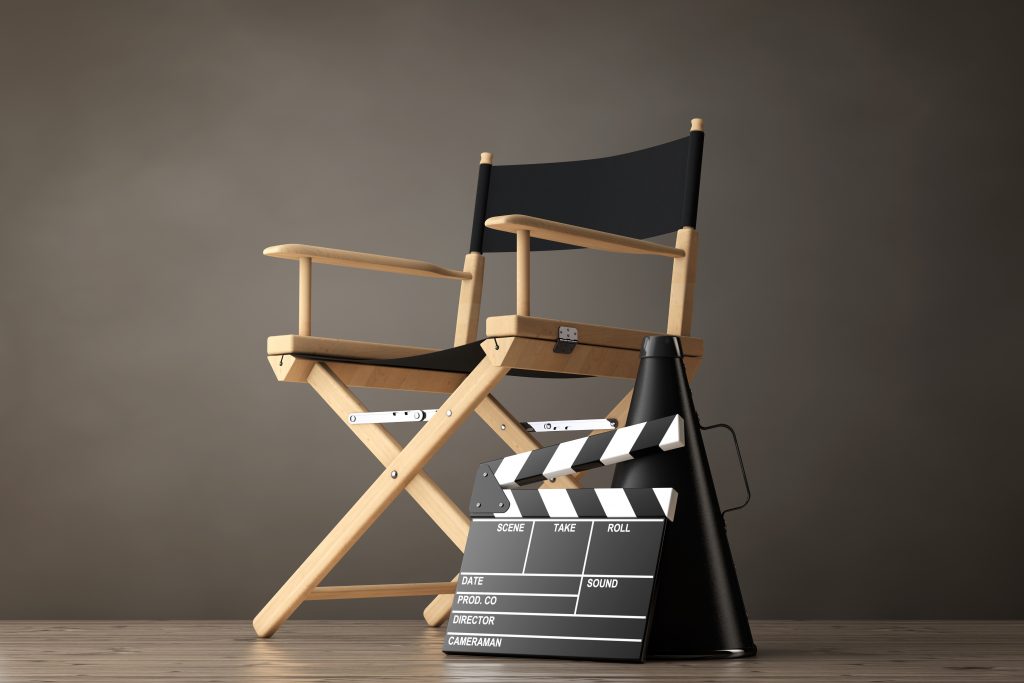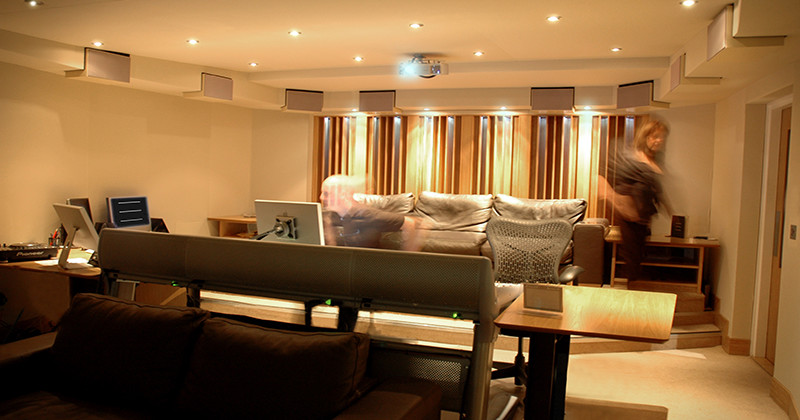In our former lives, we at Resurface were fortunate enough to have spent a great deal of our time dropping in on dubbing mixers (or re-recording mixers, when in the USA) for a catch-up.
In the 90’s and early 2000s this was a particularly tricky and fluid thing to arrange, dependent as it always had to be on fitting in around our client’s client: The director or producer in attendance. As time went on this became less and less of an issue until it was the exception, not the rule, that the mixer would even be attended. “Come in any time, I’m mixing all day but can spare half an hour, in fact the break will do me good”.
It’s important to distinguish here between genres. Client-attended sessions are, understandably, still very much alive and well in short form (ads, promos) and film. In TV post however, there has been a marked decline in how often and for how long the client sits in on the mix.
In this article we look at why that is and what it means to the mixer. We do so with the help of insight from some of the UK’s most prolific and successful TV mixers.
And then there was one
When looking at why the client is no longer at their trusty mixer’s shoulder, budgets quickly and inevitably enter the discussion. Not only in direct terms (are productions willing or able to afford a person to oversee the dub?) but also indirectly.
The simple fact is, an attended audio session takes longer.
 Maybe three times longer if you’re explaining to the client what you’re going to do, doing it, then checking that the client likes what you did.
Maybe three times longer if you’re explaining to the client what you’re going to do, doing it, then checking that the client likes what you did.
It’s also self-evident that with the friendly client in attendance, the setting needs to be client-friendly. In the right (expensive) part of town, in the nice suite with the big console. There’s little scope for flexibility, for some tracklaying and dialogue fixing on the laptop at home, and the rate will reflect that.
The nature of television as a ‘product’ has significant bearing too. The long-term trend away from comparatively expensive one-offs towards Formats – coupled with the modern phenomenon of binge-watching – has created the need for total consistency from episode-to-episode. Here, the creative grammar of the show is established and codified from the outset.
More time is spent in pre-production working out how the show is going to sound when it reaches post. As a consequence, the mix of subsequent episodes needs little or nothing in the way of directorial input. While the subject matter may change, the aesthetic template which underpins the show’s ‘brand’ is adhered to religiously. It’s almost as if every show format now has a written manual. They don’t, of course… only some of them.
Not that any of this is necessarily a bad thing. Matt Skilton, BAFTA-winning documentary mixer at Soho’s Envy Post is of the opinion that “This has been a major shift in how we work, it changed over time and is here to stay now”. Matt goes on to explain:
“There are young directors and producers today who have never sat in a dub, and probably never will. We’ve always needed to adapt to a changing world in post, and in many ways this is much more flexible”.
“Too much perspective”
When trusted like never before with the end product, making all the tricky judgement calls while building the soundtrack to an established set of guidelines, it’s clear that the mixer will get more done. Liberating and frustrating in equal measure, this productive yet solitary existence brings a host of challenges, not least that of perspective.
The ability to disconnect and listen objectively has become a critical part of the mixer’s skill set.
Matt Skilton shares with us his approach: “I’d liken it in some ways to sculpture, the need to work in the right order, from the big chunks that need fixing and chipping away first, ending up with the finer detail”. “Once the underlying show is done and I’ve laid the commentary on top, I can then sit at the back of the room and really get a feel for the whole sound of the show through the TV speakers”.
Interestingly, the hard-hitting, one-off documentary genre that forms a good percentage of Matt’s work means that he’s still attended on those types of shows, and enjoys the increasingly rare process of working hand-in-hand with the director, editor and composer throughout the project.
The main tenets of Matt’s method, holistic listening and a change of physical position, are also present in the approach used by another multiple BAFTA nominee Daniel Jones, owner of Vaudeville Sound in London and LA. Daniel explains: “I’ll always listen back first thing in the morning. Leave the studio the night before, go out, go home, sleep. Then when I come to the studio the next morning, I sit on the couch at the back of the room and watch the whole show”
Changing roles
Presented with a tricky sequence from the edit where the sound will convey the desired tone – and in the absence of a director or producer – it now falls to the mixer to decide which way to go. In that respect, today’s TV mixer is very much fulfilling the role of director, for the sound at least.
The director, in turn, has seen their role change to something altogether more creatively polygamous. Five-time Emmy nominee and double (UPDATE: Triple) BAFTA-winning mixer Howard Bargroff describes a common scenario “Often the director of the show I’m mixing will already be on the next project, either on a recce or already in production”. “It’s more akin to the American showrunner role, balancing multiple projects, than the traditional television director” Howard explains, adding
“This less linear role of the Director has also meant that I’ve worked on major series where each ‘block’ of shows has a different director. The political dynamic might change mid-series as a consequence, but there’s little impact on what I’m doing creatively”
The old way of real-time collaboration between mixer and director provided each with a real-time sounding board in the shape of the other. Where once the studio was a melting pot of at least two sets of ears, eyes and objectives, there’s now only one.
In turn ‘the studio’ has become a broader term, with technology playing its part in allowing more and more to be done elsewhere. The client is absent; due back next week to see the show and make notes (often about all the things they don’t like, much of which it’s too late to change!). Whereas the mixer will have been immersed for days in the minutiae of the sound, fixing what needs fixing and then building the show. Taking a step back, punctuating the process to see and hear afresh is crucial. Same ears, different head. The client may well hear the mix for the first time as a finished show, just as a viewer will.
When it’s all about the end product, how and where it gets done becomes much less relevant. Who it’s done by matters more than ever. With so much trust placed in the individual mixer or facility, the repayment of that trust breeds a high level of client loyalty. Absence, it seems, makes the heart grow fonder.
Today’s unattended status quo has been arrived at largely because of simple cost-per-hour economics of content creation. What it has certainly enabled as a by-product are new, smarter and more flexible ways of working.
Resurface thanks:
Matt Skilton / Envy Post Production (www.envypost.co.uk)
Daniel Jones / Vaudeville Sound (www.vaudeville.tv)
Howard Bargroff / Sonorous Post (www.sonorouspost.com)


